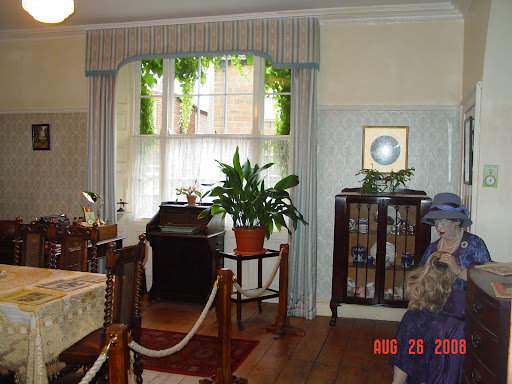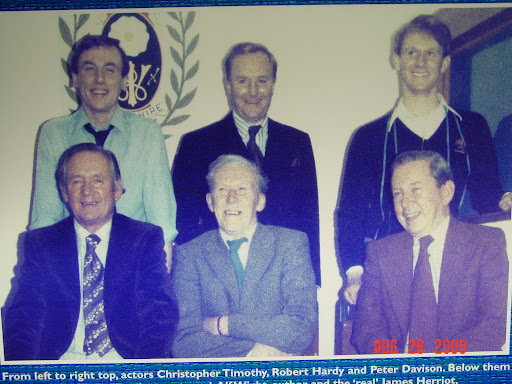York: England’s Medieval Gem
In one of the quaint lanes outside York Minster
Then, Llew and I were headed, once again, in our car, for the medieval city of York, hoping to catch some daylight hours and a glimpse of the renowned York Minster, one of the best Gothic cathedrals in the world. Parking our car in the public parking lot, we headed straight for the Minster or church that dominates the city’s skyline. There, since a service was just beginning, we had a chance to take in only a peep of some of the main interior features such as the astounding choir screen decorated with all the kings of England unto the time the church was built and the magnificence of the medieval stained glass windows.
Then, we sauntered out into the streets intending to return to the church when the service was complete. York is truly a tangle of narrow, cobbled medieval lanes lined on both sides by antiquated buildings that formed stores on the ground floor and homes on the first. They have such an abundance of character that it is hard t believe that we are in the 21st century when one strolls through these streets. Everywhere, there is some charming item to catch the eye. I have never seen a town such as this one anywhere—Oxford and Cambridge are medieval towns but their buildings are immense educational ones built on the model of the abbeys and cloisters of the Middle Ages. This town is composed of streets such as would have been populated by the common people and the entire atmosphere is extremely evocative of this use. We sat on a bench and munched on Cornish pasties as we were starving by this time.
Our random rambling brought us back to the main entrance of the Minster where the service had ended and we were able to enter without paying the hefty entry fees as it was the very end of the day. How stupendous is this work of art! Inside in the conical chapel is a very unusual Chapter House, a meeting room for the prelates of the church. We saw the little niches in which they sar to discuss affairs of the church. The ceiling is beautifully decorated in the Mannerist style. The Rose window featured the white rose and the red rose of the houses of Lancaster and York which were finally reunited after the 100 year war by the marriage of two of its members. There was so much to see, so much to dazzle the eye, it was hard for us to focus on any one thing. We were so glad we got to see this grand edifice of Christian worship.
 We did not leave York without walking upon its fantastic medieval walls (left) that encircle the old city and provide fascinating glimpses into its Roman past–for York, was, of course, one of the seats of Roman administration in ancient times and fiercely retains vestiges of its classical civilization.
We did not leave York without walking upon its fantastic medieval walls (left) that encircle the old city and provide fascinating glimpses into its Roman past–for York, was, of course, one of the seats of Roman administration in ancient times and fiercely retains vestiges of its classical civilization.
Then, we were out on the streets again, getting into our car and driving back to Thirsk. I loved Thirsk even in the fading light of the evening and after all the crowds had left the market place. We settled down to beers at The Darrowby Inn (named, of course, for Herriott’s books in which the town of Thirsk is fictionalized as Darrowby. Then, because I was unable to tear myself away, we took one more stroll around the Herriott home and were on our way, driving back to Sinderby where we went to bed completely exhausted.




















